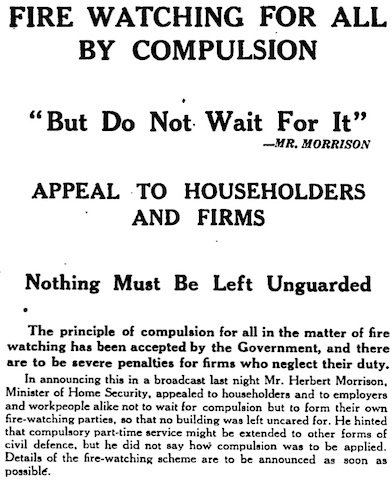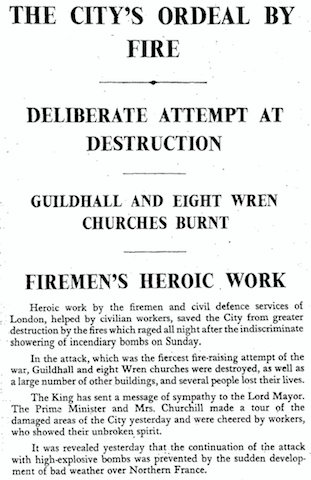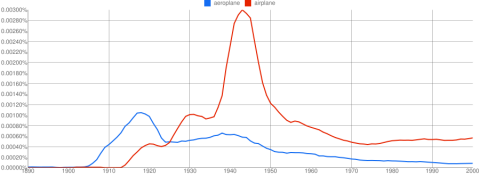Ian Castle. London 1914-17: The Zeppelin Menace. Oxford and New York: Osprey Publishing, 2008. Illustrated by Christa Hook.
Ian Castle. London 1917-18: The Bomber Blitz. Oxford and Long Island City: Osprey Publishing, 2010. Illustrated by Christa Hook.
As the titles suggest, these two entries in Osprey's long-running Campaign series dovetail nicely. One takes as its subject the Zeppelin raids on London during the First World War, the other the Gotha and Giant raids on London. Together they provide a concise overview of London's first encounters with aerial bombardment.
'Concise' is key. Each book is just 96 pages long and amply illustrated (more on which later). That doesn't leave a lot of room for discussion, so the text can't always be as detailed as one would like. (For example, in the 1917-18 volume, Castle is incredulous that in March 1917, Britain's anti-aircraft guns were ordered not to fire on aircraft even if identified as German, unless expressly ordered. There must have been a reason for this, misguided or not, but Castle doesn't say what it was.) The focus on London helps: the Zeppelin raids on the Midlands and Hull can be covered in just a sentence or two, as can the Gotha raids on the south-east coast of England. But conversely, after having gone to the trouble of explaining the who, what, when and why of the bombing campaigns it's a shame that Castle has to skimp on the where. Still, London was undoubtedly the major object of the German raiders and so choosing it as the subject here is not unwarranted.
The books follow a common format: after an introduction setting out the origins of the campaigns, there's a chronology, notes on the leaders of each side and the strategies they employed. At the end come a brief bibliography, an order of battle and an index. There's also a page on London's few remaining scars of and memorials to the air raids.
In between are narrative accounts of the air raids themselves. By comparison with the Second World War, these were smaller and fewer and so each one can be described in some detail. It's not quite true to say the reader learns about the fall and effect of each and every bomb, but if you look at the accompanying maps it's not quite untrue either. These show the flightpaths (where known) of the various airships and bombers and where they dropped their bombs. Insets (more common in the Zeppelin book than the bomber one) are sometimes added to allow individual street-level detail. The death and destruction caused by the German raiders, of course, is not neglected; nor are the losses they themselves suffered (increasingly at the hands of the British defenders as time went on, but also thanks to a devastatingly high accident rate). Shifts in strategy and organisation on both sides come through clearly; advances in technology less so. I could wish for more detail on the popular response to the air raids, but then I always do.
It's no discredit to Castle's clear and succinct text (or to Hook's detailed illustrations of particular scenes and incidents) to say that the best thing about these books are the photographs. Nearly all are contemporary, the vast majority of which I haven't seen before, and all are well chosen. They portray such things as bomb-wrecked houses, sinking Zeppelins, and police warnings. Some are really quite remarkable, such as one taken from an airborne Gotha showing plumes of smoke rising over central London. Most interesting to me were the large number of British propaganda postcards depicting Zeppelins, a topic I've examined before. Again, many were new to me. My only criticism is that the captions no more than hint that the images are very likely fake (though I think one or two might be genuine).
If you're after concise, interesting and accurate books on the Blitz before the Blitz, London 1914-17 and London 1917-18 are probably what you're looking for.







